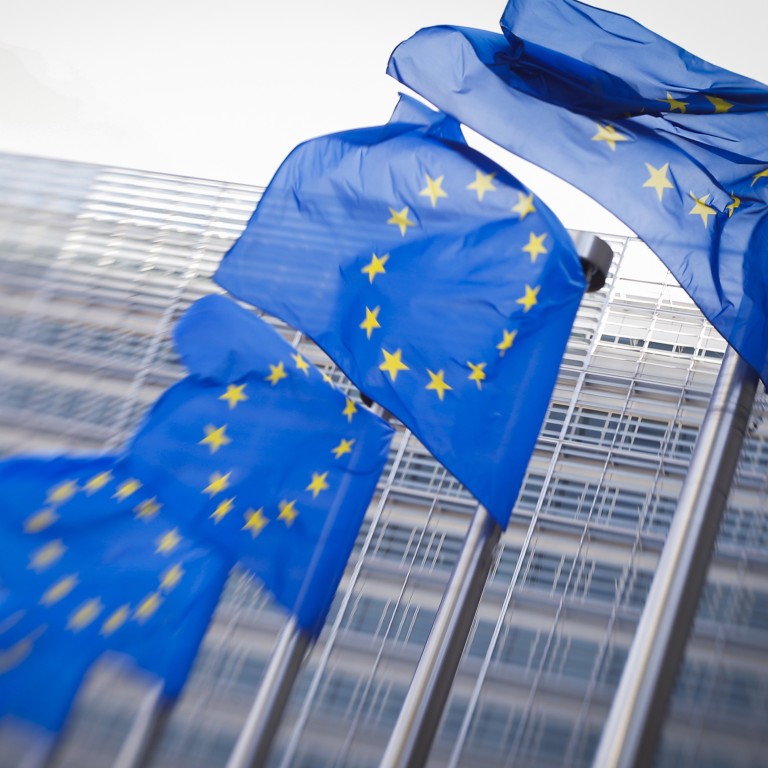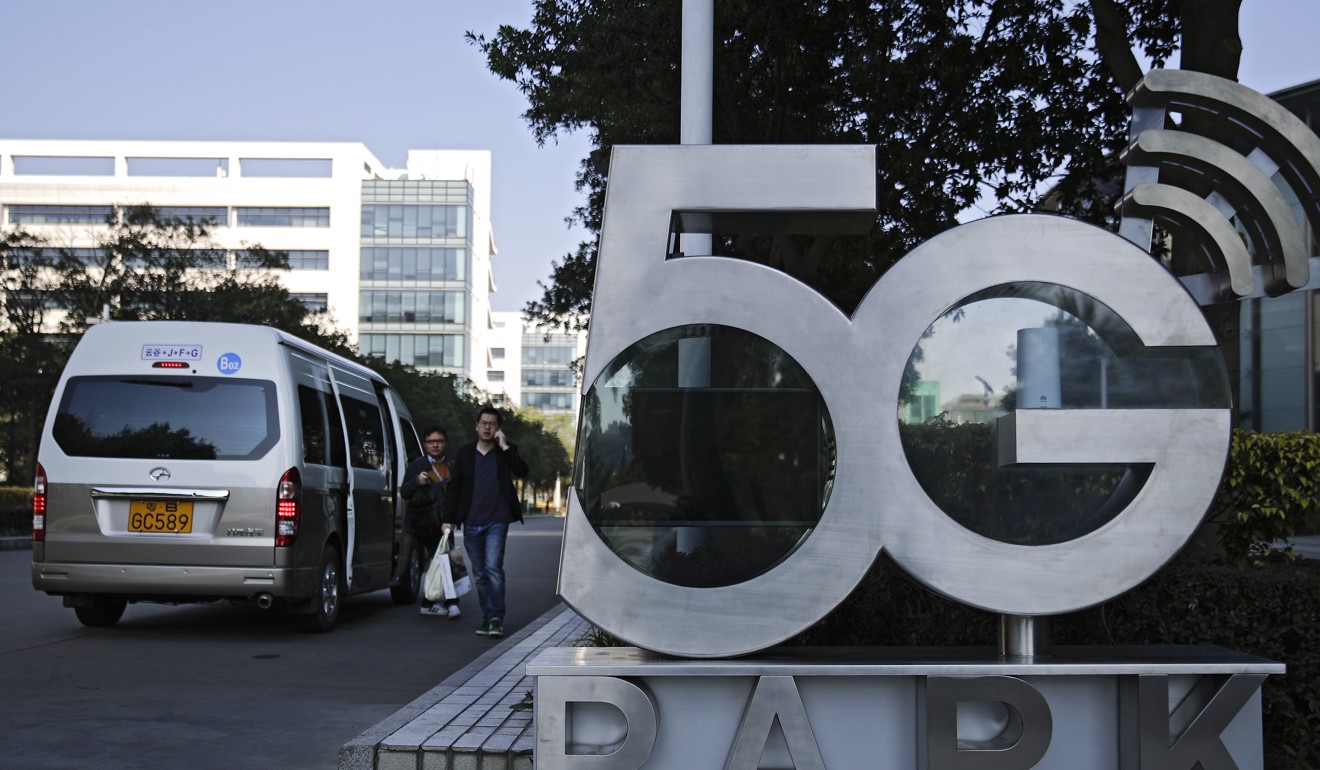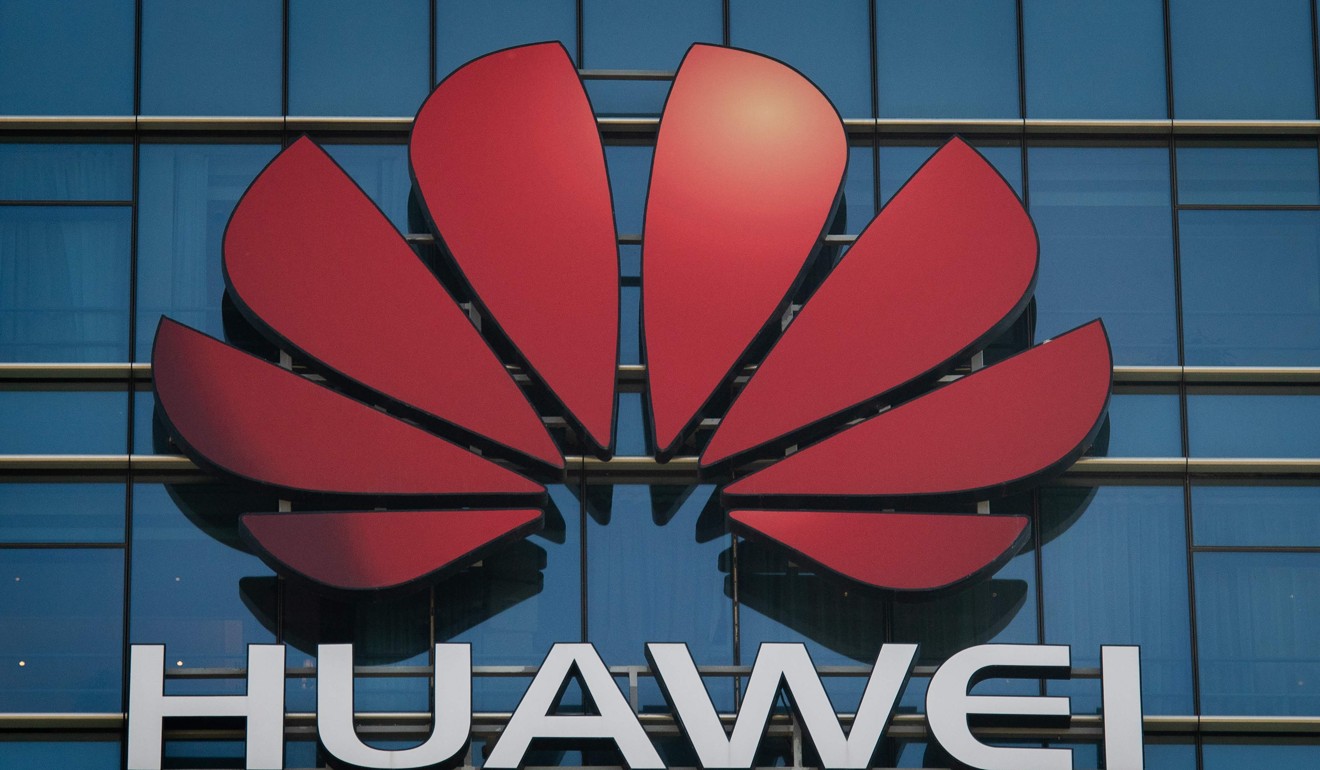
EU-China relations face a bumpy road in the year ahead
- An increasing mismatch is opening up between the European Union and China, particularly in the field of technology
- Just as Europe becomes more restrictive Beijing seeks to lower barriers for hi-tech acquisitions
The year 2018 ended with three significant developments in Europe-China relations which, taken together, point to an increasing mismatch in priorities between the two economic powers in 2019.
The first development was the publication of a new policy paper setting out the priorities of China’s EU policy, followed by the deep interrogation across Europe regarding whether Huawei should be allowed to build the continent’s 5G infrastructure.
The third significant development was the widespread suspicion that the Chinese military was behind the large scale cyber operation that hacked an EU communications network, gaining undetected access to diplomatic cables for several years.
In 2018, the most significant change in EU-China relations was the construction in Europe of a safety net to regulate foreign acquisition of assets that could undermine European security or public order.

An EU investment screening regulation was adopted at the end of 2018, after an uncharacteristically quick decision making-process by EU standards given how divisive the initiative was when it was first raised by France, Germany and Italy in 2017.
Ironically, Chinese acquisitions in sectors defined as strategic in its industrial policy plans – semiconductors, robotics and aerospace – have indirectly promoted European unity.
The year ahead will be one of implementation of the new system, and there are questions regarding how this will affect Europe-China relations.
At the EU-level, the new regulation works as an information-sharing mechanism. This means the dealings of Chinese companies will be submitted to an unprecedented degree of scrutiny and to new standards of transparency.
China publishes wish list for relationship with European Union
The EU has not gained the executive power to block deals or impose conditions, remedies or penalties, but it now has the power to expose problems and exert pressure on certain deals, with the support of like-minded member states.
So far, Chinese companies have developed a reputation for preferring low-key operations in the shadows. And, in the end, the final decision will be with the member states – many of which are adopting or reinforcing their own national regulations.
Looking ahead, it is clear that the environment for Chinese firms to acquire assets across Europe will become more restrictive, promising a bumpy road ahead for EU-China relations in the hi-tech sector.
What is alarming is the mismatch between the intra-European debate and China’s goals when it comes to technology transfers.
Xi Jinping’s market opening pledges fail to impress European firms who have ‘heard it all before’
Exactly at the moment when Europe is finally becoming more restrictive, the new Chinese policy paper on the EU reaffirms that removing barriers to high technology acquisitions remains a priority. At the same time, the EU is pursuing action at the WTO to challenge Chinese laws which force technology transfers in exchange for administrative approvals of joint ventures.
The recent announcement that the new draft of China’s Foreign Investment Law will ban local governments from forcing foreign companies to give away technology to their foreign partner may be a step in the right direction from a European perspective, but it will remain rather cosmetic until foreign companies are given legal means to protect themselves and seek justice in Chinese courts.
In this context, and in the era of structural US-China confrontation, the future of Huawei’s operations in Europe’s 5G network is a major test case for EU-China relations.
The coming revolution of artificial intelligence products powered by 5G networks is creating a strategic choice for Europe. There is awareness in Europe that Huawei might be asked – or compelled – at any time by the Chinese government to engage in intelligence collection, in accordance with article 7 of China’s National Intelligence Law.

Why would Europe spend money on building its own strategic vulnerability, even if Huawei is cheaper than existing alternatives? Why would Europe undermine its alliance with the United States?
So far, Huawei has signed 14 agreements with European operators to upgrade their networks to support 5G standards, so an EU-wide ban on Huawei is unlikely.
What could really make a difference is the choice of France and Germany, two countries that are currently refining their plans for 5G infrastructure.
The problem is that the negative dynamic in EU-China hi-tech relations is unlikely to be compensated in 2019 by positive breakthroughs in other areas of the relationship.
Hi-tech trends in 2019: 5G, AI, self-driving cars – and a real ‘RoboCop’
Some in Europe hoped that China would respond to the US-China trade and tech war by offering the EU greater market access and a beneficial bilateral investment agreement.
But nothing in the new Chinese policy paper on the EU suggests a readiness to accept concessions to its largest trading partner, except for a repeated vague promise of “easing market access” followed by a request for reciprocity.
The “peace and security pillar” agenda – which comprises cooperation on global governance, international security and crisis management – has so far failed to become a strategic driver of the relationship, given divergences in views and priorities in international issues.
Exchanges of views on international terrorism and nuclear proliferation remain important but there are currently no serious prospects for Europe and China to make an international difference together in Syria or in Afghanistan.
Portugal’s support for China’s belt and road plan sets alarm bells ringing in Brussels
In sum, the two sides are reaching a stalemate. But, in a way, a prolonged stalemate could be a good scenario given that the relationship faces a risk of downturn.
How the two sides will manage unavoidable future frictions will very much depend on whether China seeks to impose costs on Europe when Europe converges with the United States on strategic issues.
China’s retaliation against Canada after the country fulfilled its treaty obligations to the US by responding with due process to an extradition request is a wake-up call for Europe.
China’s treatment of its Muslim minorities will inevitably continue to give more salience to human rights in Europe’s perception of China, and China’s communication on the issue is in fact aggravating the problem.
People-to-people exchanges remain a source of positive interactions but are insufficient to manage the consequences of the growing divergence in political values.
More than ever, the challenge for the EU and China will be to manage differences rather than deepening cooperation.
Dr Mathieu Duchâtel is director of the Asia programme at Institut Montaigne in Paris.
